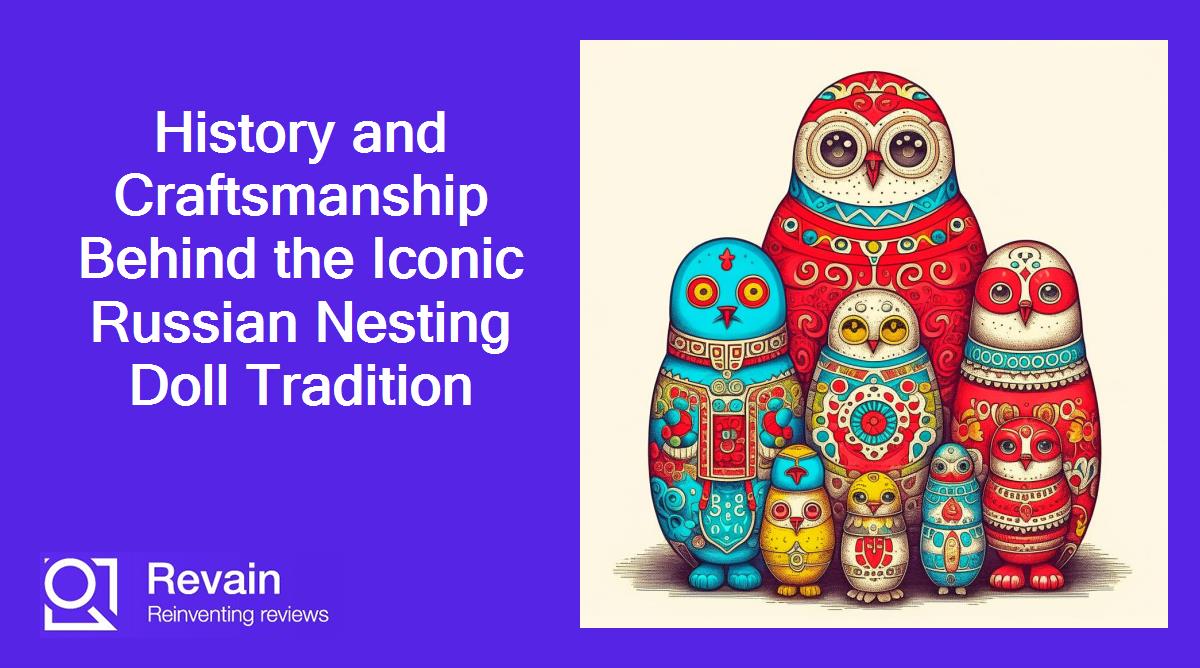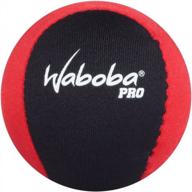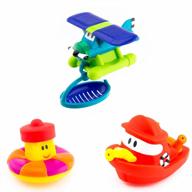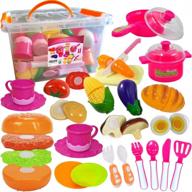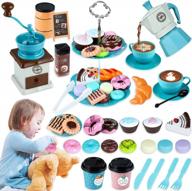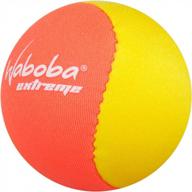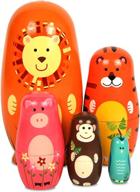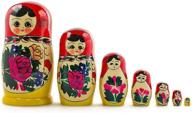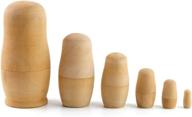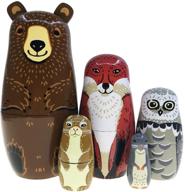Similar products
History and Origins of Nesting Dolls
Nesting dolls, also known as matryoshka dolls, are a traditional Russian handicraft. The first nesting dolls were made in 1890 by Russian woodcraftsmen in a small village called Sergiyev Posad.
Another interesting products
The First Matryoshka Dolls
According to legend, the first nesting doll set was made by Vasily Zvyozdochkin and designed by Sergey Malyutin, who was a Russian folk crafts painter. Malyutin's doll set consisted of eight dolls, each one placed inside another, with the smallest doll inside the largest one.
Inspiration
- The shape was inspired by a traditional Russian nested doll pin.
- The paintings were inspired by traditional designs from Gorodets, a Russian folk arts village.
Original Design
The original matryoshka dolls were made from linden wood and painted with oil paints. Each doll featured:
- A young Russian peasant woman wearing a traditional sarafan dress.
- An apron over the sarafan.
- A kerchief tied around the head.
Popularity and Spread
The nesting dolls were an immediate hit at the National Trades Fair in Moscow in 1900. Their novel design soon spread across Russia and into the West. By the early 1900s, nesting dolls were being exported abroad and gaining worldwide popularity.
| Year | Nesting Doll Milestone |
|---|---|
| 1900 | Presented at National Trades Fair in Moscow |
| 1901 | Exhibited at the World's Fair in Paris |
| 1913 | Shown at an exhibition in New York City |
Evolution of Designs and Materials
As nesting dolls spread across Russia and into other countries, doll makers began experimenting with new designs and materials beyond the original wooden dolls with Sarafan-clad women.
New Designs
- Dolls depicting historical figures, folk tales, animals, and holiday themes
- Modern pop culture characters like politicians, athletes, and movie stars
- Humorous, whimsical, and political satire designs
New Materials
- Papier-mâché
- Ceramics
- Plastic
While the classic wooden nested doll is still popular, today you can find nesting dolls made from many materials and depicting almost any theme imaginable while retaining the classic stacking doll design.
Top products in 🪆 Nesting Dolls
Types of Nesting Dolls
There are a few main types of nesting dolls that have emerged over the history of their production.
Matryoshka Dolls
Matryoshka dolls are the traditional Russian nested doll. They have the following features:
- Cylindrical shape, round at the bottom
- Painted wooden exterior depicting a woman in traditional dress
- Dolls that nest inside one another
- Typically 3-10 dolls nested inside the largest doll
Characteristics
- Painted wooden exterior showing intricate designs
- Human female figured depicted in traditional Russian peasant dresses
- Geometric patterns painted on the dress
- Bright floral themes
Stacked Dolls
Stacked dolls have these defining traits:
- Rectangular or cylindrical shape
- Dolls are stacked vertically rather than nested inside
- May or may not be able to stack back inside the largest doll
- Come apart to reveal smaller dolls lined up inside
Common Types of Stacked Dolls
- Cylindrical dolls that stack like a tower
- Box-shaped dolls that open like drawers
- Animal shapes like cows or elephants that stack on top of each other
Nested Animals
These nesting dolls feature:
- Animal shapes rather than human figures
- Each doll nests inside the larger animal
- Animals often painted with whimsical designs
- May include human elements like clothes or tools
Common Animal Themes
- Bears
- Cats and dogs
- Woodland creatures like foxes and raccoons
- Farm animals like cows, pigs, and chickens
- Exotic animals like elephants or camels
Whether traditional matryoshka, stacked, or nested animal designs, nesting dolls continue to evolve while retaining their classic dolls-within-dolls appeal.
Matryoshka Dolls
Matryoshka dolls are the traditional Russian nesting doll. With roots dating back to 1890, these iconic dolls remain popular worldwide.
History
The first Matryoshka set was crafted in 1890 by Vasily Zvyozdochkin and designed by Sergey Malyutin who was inspired by a nested doll pin. The original dolls were made from linden wood and painted in bright floral patterns wearing traditional Russian peasant dresses.
Design Elements
- Sarafan dress with apron
- Headscarf over hair
- Simple, yet colorful geometric patterns
The dolls were an instant success when presented at the 1900 National Trades Fair in Moscow and soon spread across Russia and into the West.
Modern Matryoshka Dolls
While matryoshka dolls today retain their classic shape and nesting function, modern renditions showcase more variety in themes and designs including:
Themes
- Historical figures like political leaders and royalty
- Pop culture references including movies and TV shows
- Fairy tale characters
- Holiday and seasonal designs
Materials
- Wood
- Papier-mâché
- Plastic
- Ceramic
Artistic Details
- Intricate floral patterns
- Ornate filigree details on dresses
- Elaborate hairstyles and headpieces
- Sparkling accents, beads, jewels
Collectible Appeal
Matryoshka dolls are popular among collectors for several reasons:
- Iconic representation of Russian folk art and culture
- Intricate hand-painted details
- Nostalgic themes depicting fairytales, history, and literature
- Sentimental gift that can be passed down generations
No Russian souvenir collection would be complete without a set of matryoshka dolls to display.
Matryoshka Dolls Today
Over 100 years since their inception, nested matryoshka dolls remain highly collected and sought after. Both traditional and modern styles allow this Russian handicraft to retain enduring appeal around the globe.
How Nesting Dolls Are Made
The creation process behind Russian nesting dolls, or matryoshka dolls, reveals the skill and artistry required to make these traditional folk handicrafts.
Carving the Wooden Form
Nesting dolls traditionally begin with blocks of linden wood. The woodcarver uses a lathe to shape the wood into the familiar round, cylinder form of a matryoshka.
Steps for Carving
- A cylindrical block of wood is affixed to a lathe
- The lathe rotates the block as the carver shapes the outside using chisels and tools
- A cylindrical hole is carved out of the bottom half to create space for smaller dolls
- Reshaping creates the rounded bottom and narrower top form
Applying the Gesso
Once carved, the wood form is coated in a special gesso mixture of chalk, glue, and linen.
- Gesso acts as a primer to smooth the surface for painting
- It fills in any cracks or imperfections in the wood
- Provides a slightly absorbent surface for the paints
Painting the Dolls
After the gesso dries, the matryoshka is ready for the painting stage. This is done by hand using traditional techniques.
Painting Process
- Pencil outlines sketch the patterns
- Small brushes apply opaque tempera or gouache paints
- Thin brushes add fine details
- Varnish is added for sheen and protection
The painting can take 2-3 days per doll to allow sufficient drying time between layers.
Assembly
After painting, the dolls assemble into a nested set. The smallest doll is inserted first then progressively larger dolls are stacked around it until the entire set is assembled.
Finishing Touches
Finally, artisans add any last embellishments:
- Doll scarves or aprons
- Floral wreaths
- Gold filigree accents
- Sparkling gemstone eyes
The fully assembled and decorated Russian nesting doll set is now ready for display.
Russian Nesting Dolls For Sale
There are many creative ways to display nesting dolls, from shelves and cabinets to shadow boxes and more. Here are some ideas to inspire you:
No matter how you choose to display your nesting dolls, they are sure to add charm and personality to your home decor.






